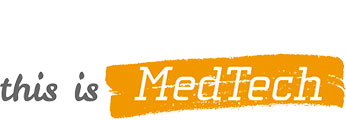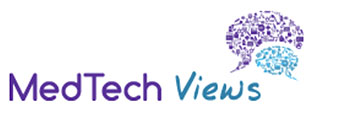Industry data survey shows roadblocks persist to full transition to the IVD Regulation
Posted on 28.02.2023
“Medical tests play a crucial role in modern healthcare, a truth that the COVID-19 pandemic made painfully clear. In vitro diagnostic (IVD) medical tests are routinely used across Europe’s hospitals, laboratories, and households to diagnose and screen for a huge range of medical conditions affecting patients. To ensure that everyone in Europe continues to have seamless access to a sufficient variety of IVD medical tests, the EU regulatory infrastructure needed to lawfully bring such tests to market must run smoothly.” Oliver Bisazza, CEO of MedTech Europe.
In October 2022, MedTech Europe ran its latest survey to gather data from IVD manufacturers on the state of the IVDR regulatory infrastructure. The survey represents an estimated 75% market revenue coverage, and the full report and its annex with visuals of the results may be read here.
It is indisputable that the amending Regulation (EU) 2022/112, which extended the IVD Regulation’s transitional provisions, brought significant relief and protected patients, laboratories and healthcare systems from immediate shortages of needed IVD medical tests. Around 21% of today’s total IVD market is already certified under the IVDR. This represents a three-fold increase compared to July 2021.
At the same time, there are significant challenges which must be addressed to ensure a successful transition by the May 2025, May 2026 and May 2027 regulatory deadlines:
- Access to a Notified Body remains a hurdle, especially for small and medium-sized enterprises, 53% of which do not yet have a contract with a Notified Body. Access to an IVDR-designated Notified Body is a first critical step for transitioning to the Regulation and is especially critical issue for 51% of Class D legacy devices, which are still not covered by a Notified Body agreement.
- Conformity assessment timelines vary excessively– including the times taken to pass Notified Body’s pre-review phase, review phase and issuance of the certificate.
- Ongoing regulatory uncertainty is harming innovation: the survey shows a 28% drop in manufacturers who would prioritise the EU for first product launches compared to one year ago.
To support the transition to the IVD Regulation for legacy and innovative IVDs alike, more work is needed to further build the infrastructure of the regulatory system, and to make conformity assessments shorter, more efficient and more predictable.


